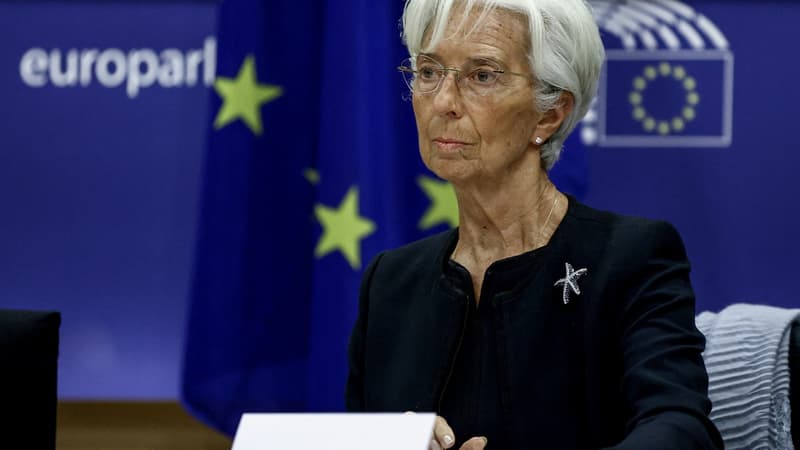The slowdown in inflation continues in Europe. According to the latest Eurostat data, consumer price inflation fell to 5.5% in June in a year in the euro zone, after 6.1% in May. That is a level almost half compared to the record reached in October 2022, at 10.6%.
The main contribution to inflation now comes from food prices (including alcohol and tobacco), which shot up again by 11.7% year-on-year in June, slowing down, however, compared to May (+12.5%). Likewise, the rise in the prices of industrial goods (excluding energy) was lower in June (+5.5% compared to 5.8% in May). For its part, the increase in the prices of services accelerated to 5.4%, after 5% in May.
It’s not enough to satisfy the European Central Bank, whose goal is to bring inflation down to 2%. Above all, the evolution of another indicator specially analyzed by the ECB does not suggest a clear moment of calm at this stage: core inflation.
Most representative underlying inflation
Benchmark indicator for central bankers, core inflation rose slightly, from 5.3% annually in May to 5.4% in June in the Eurozone. If it is observed so closely, it is because it is considered more representative than general inflation. In fact, core inflation excludes highly volatile prices such as energy and food, and therefore makes it possible to identify a basic trend in price developments.
It is the path of core inflation that dictates the ECB’s monetary policy. As long as no sharp decline is seen, the central bank intends to continue raising rates.
“We are very attentive to underlying inflation, excluding energy and food, which represent 70% of the consumption basket,” the Governor of the Banque de France recalled in early June in an interview with the echoes. “It’s the part of inflation that’s likely to be persistent: it’s the scope of monetary policy,” he added.
Source: BFM TV


